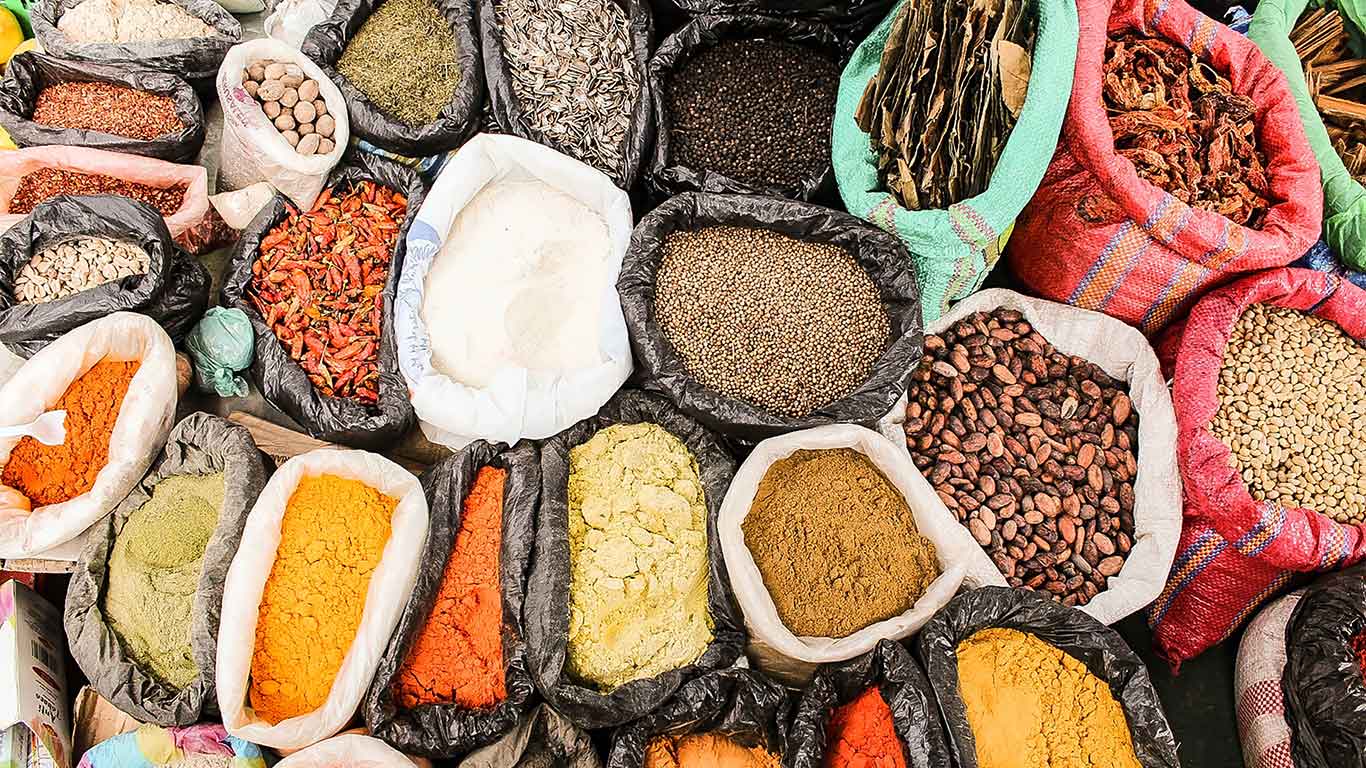Among many things that were affected by the global pandemic, a big one was tourism – but what does that have to do with the food industry? Well, what food experts are seeing is that many consumers are opting for global flavors to experience the world through an indirect form of “travel.”
What is culinary tourism?
Put rather simply, “culinary tourism” refers to people trying to learn or experience a new culture by eating and drinking things that are native to that culture. This is easy to do when a person can actually travel to the desired destination and order a meal at a local restaurant or bar.
2020, of course, proved to make this possibility very difficult. International borders were closed, flights were cancelled, hotels were shut down; virtually every form of travel was nearly impossible or unattainable in the wake of a global pandemic.
The temporary solution?
Faced with cancelled trips and the inability to plan them for the future, many consumers sought out international food and flavors in order to bite the “travel” craving. While eating Vietnamese Pho in one’s pajamas or making Mexican Street Corn (Elote) from one’s grill does not equate to travelling to these countries in the slightest, they do create the feeling of exciting new experiences reminiscent of a new cuisine in a new place.
Free E-Book
Regulations, Speed-to-Market and Innovation: How to stay compliant and competetive in an ever-changing market place.
In this way, consumers are trying to access different worlds that they otherwise cannot. Not only do they want to escape the routine and monotony of daily home life, they also want to immerse themselves in cultures they only hope to travel to.
Kerry Global Taste Charts 2021
Published annually, the Kerry Taste Charts are “designed to inspire product developers by categorizing taste trends as mainstream, key, up and coming and emerging…[and are the] culmination of hundreds of hours of work, including research into consumer purchase patterns, retail product patterns and performance and consumer engagement via social media with TrendspotterTM, [their] artificial intelligence tool.” The much awaited taste charts by the Kerry Group have provided consumer insights on a global basis.

Some of the global tastes include: moringa, Manuka honey, miso, sambal, Japanese furikake, calamansi limes, turmeric, etc. The report also outlines an increase in tastes for “sensorial foods” such as sweet and spicy dishes, carbonated beverages, and exotic fruits that give interesting textures and tingles on the non-natives’ tongues.
Regional tastes
In Europe, the need for travel has seen an uptick in cuisines like Korean, Indian, Thai, and other Asian countries. Europeans are appreciating meals with spice in them both for the exciting flavors and the supposed benefits to the immune system. Middle Eastern spices and ingredients are also becoming more popular, with things like Za’atar, sumac, preserved lemons, pomegranates, etc. taking the lead.
In the US, a year marked by civil unrest among American-born citizens and immigrants has inspired many people to become more educated about “ethnic” foods and the desire to experience it themselves. Many have taken to regularly ordering food from ethnic restaurants in order to support the authentic cuisine and the restaurants’ owners. In fact, one of the bigger food trends predicted for the US in 2021 is a greater interest in West African cuisine for similar reasons.
Mexican herbs and ingredients such as dried chilies, lime, and mango have become more exciting to Americans and Canadians – with an increased interest in Latin food in general.
Virtual food tourism
Our most recent blog suggested that at-home meal kits would be a notable trend for 2021. With this trend, consumers will be able to choose which meals they want from a restaurant, and the ingredients will be sent to the consumers with instructions to prepare at home on their own.
Along this same vein, there is expected to be some “travel” via virtual cooking experiences and food tours. In Japan, many consumers have ordered specialized subscription boxes to experience new foods and flavors on a monthly basis, while others who offered previous in-person food tours have taken their businesses online.
Mini documentaries about regional agricultural practices for asparagus, rice fields, etc. have been produced and marketed on social media. Traditional tea ceremonies and cooking classes have also been used to substitute the usual tourist activities.
Virtual wine tastings have been widely held across Zoom between 2020 and this year, with their popularity still expected to remain stable throughout 2021. Some companies even send samplers from wine regions such as Italy, France, Chile, etc. to its Zoom participants for the virtual tastings.
Ultimately, culinary tourism, while unattainable in the traditional ways, is still an exciting activity that consumers are living by. Through innovative delivery methods and increased exposure to country-specific flavors, consumers can still experience – in a very broad sense – the internationalism they crave.




